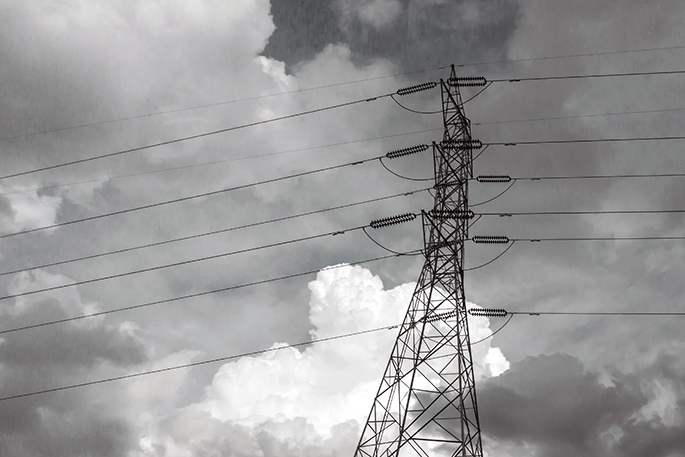A government document released today shows more than 100,000 households are experiencing "energy hardship", spending more than 10 percent of their average income on power.
It also pointed to the emergence of a two-tier retail market of those who shopped around for power and those who didn't, and noted low-income customers were missing out on prompt payment discounts.
The Energy and Resources Minister Megan Woods today released the discussion document for the first phase of the Electricity Pricing Review, which outlined what was driving price increases.
The document found households paid nearly 80 percent more for power than in 1990, and since 2000, New Zealand's residential prices have risen faster than most other OECD countries.
"About 103,000 households spent more than 10 percent of their income on domestic energy in 2015-16," the document said.
"People in this predicament are in what we call energy hardship.
"The picture is even worse if housing costs are excluded: the figure jumps to 175,000 households. Worryingly, children are over-represented in households experiencing energy hardship."
It said a two-tier retail market appeared to be developing - those who shopped around for power and those who didn't.
"The average gap between the cheapest retailer's price and the incumbent retailer's price has increased by about 50 percent since 2002, after accounting for inflation.
"Some households struggle to understand the various plans and how to choose the one that's best for them, and low-income consumers miss out more often on prompt-payment discounts."
The document warned lower-income households may bear an unfair share of power costs in future if price structures stayed as they are.
"Affordability should generally improve if prices reflect the cost of providing electricity at different times of the day and year, rather than being flat," it said.
The document said the electricity industry was not making excessive profits, but a lack of detailed data meant it was not a definitive assessment.
Meanwhile, commercial prices for power have fallen by 24 percent, while industrial prices have risen by 18 percent.
"Three things have caused this divergence in prices: distribution charges shifted from businesses to households; generation and retailing related charges went up a lot for households; and GST, which only residential consumers ultimately pay, rose from 10 percent to 15 percent," the report said.
Industry 'ranks highly'
Although New Zealand's electricity sector ranked "highly by world standards," the document said there were areas in need of improvement.
More generation of power was needed to support a widespread switch to electric vehicles, and to move businesses from coal and gas-fired boilers to electric technologies.
The sector also needed significant grid investment to accommodate an expansion of renewable energy, and it needed to work on competition, as the big five generator-retailers still had 90 percent of the market.
The document also said advances in solar panels and batteries would eventually turn today's one-way flow of electricity from supplier to consumer into a two-way flow.




2 comments
And the reason is.
Posted on 11-09-2018 21:48 | By astex
Renewable energy ls more expensive than coal and gas. This is why, worldwide, countries changing to renewable energy are experiencing large increases with power bills. It is also the reason why worldwide, over 1500 coal powered power stations are being constructed. Clean and green comes at a price.
slip service
Posted on 12-09-2018 06:59 | By gincat
Govt playing lip service regarding electicity. Its not going to bite the hand that feds it. What portion of reduced dividends are they prepared to except?.Report waste of tax payers money. Cost of hydro generation, 0.07c/kw-- Retail 0.30+c/kw--329% increase. No thats not excessive is it?
Leave a Comment
You must be logged in to make a comment.